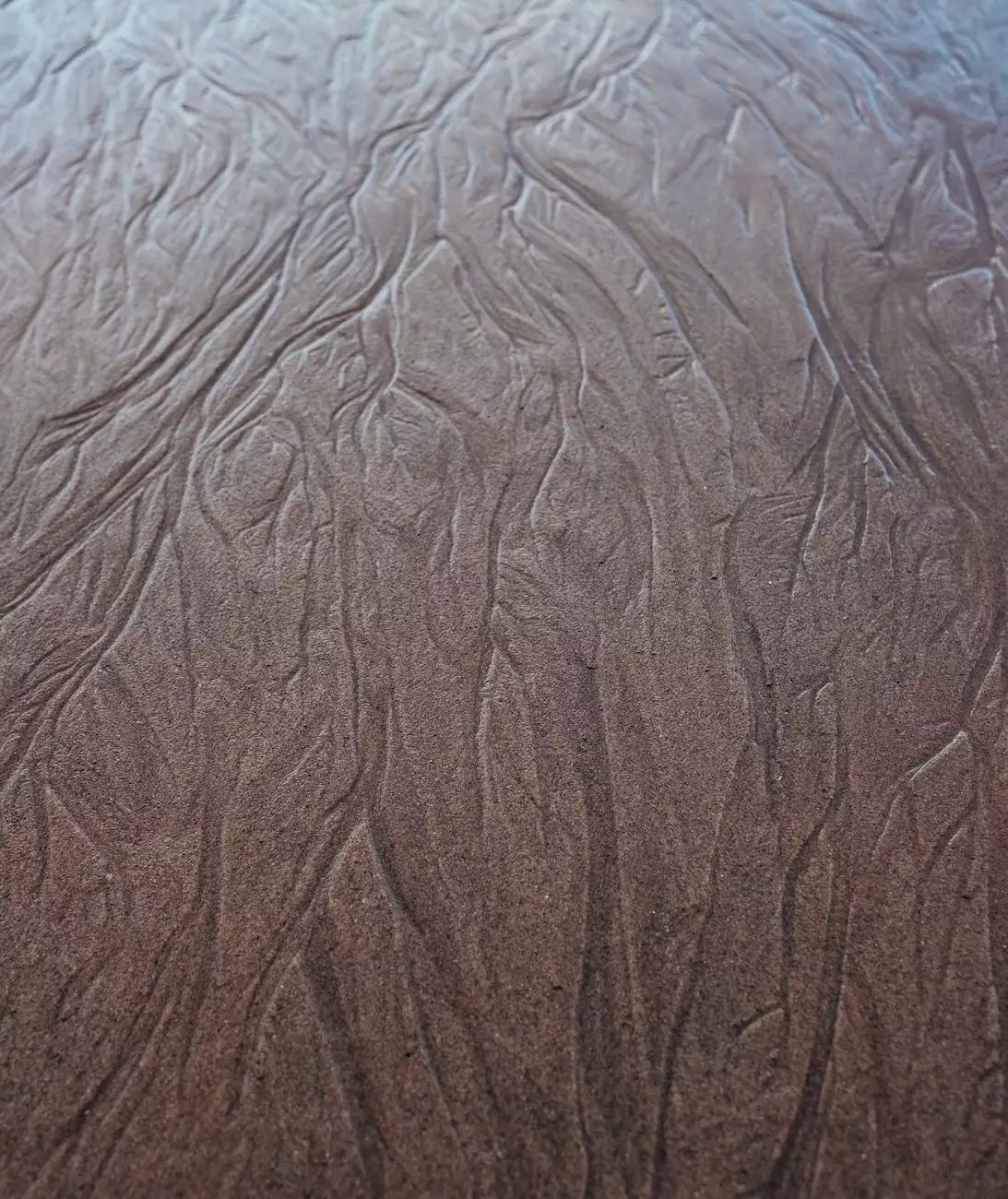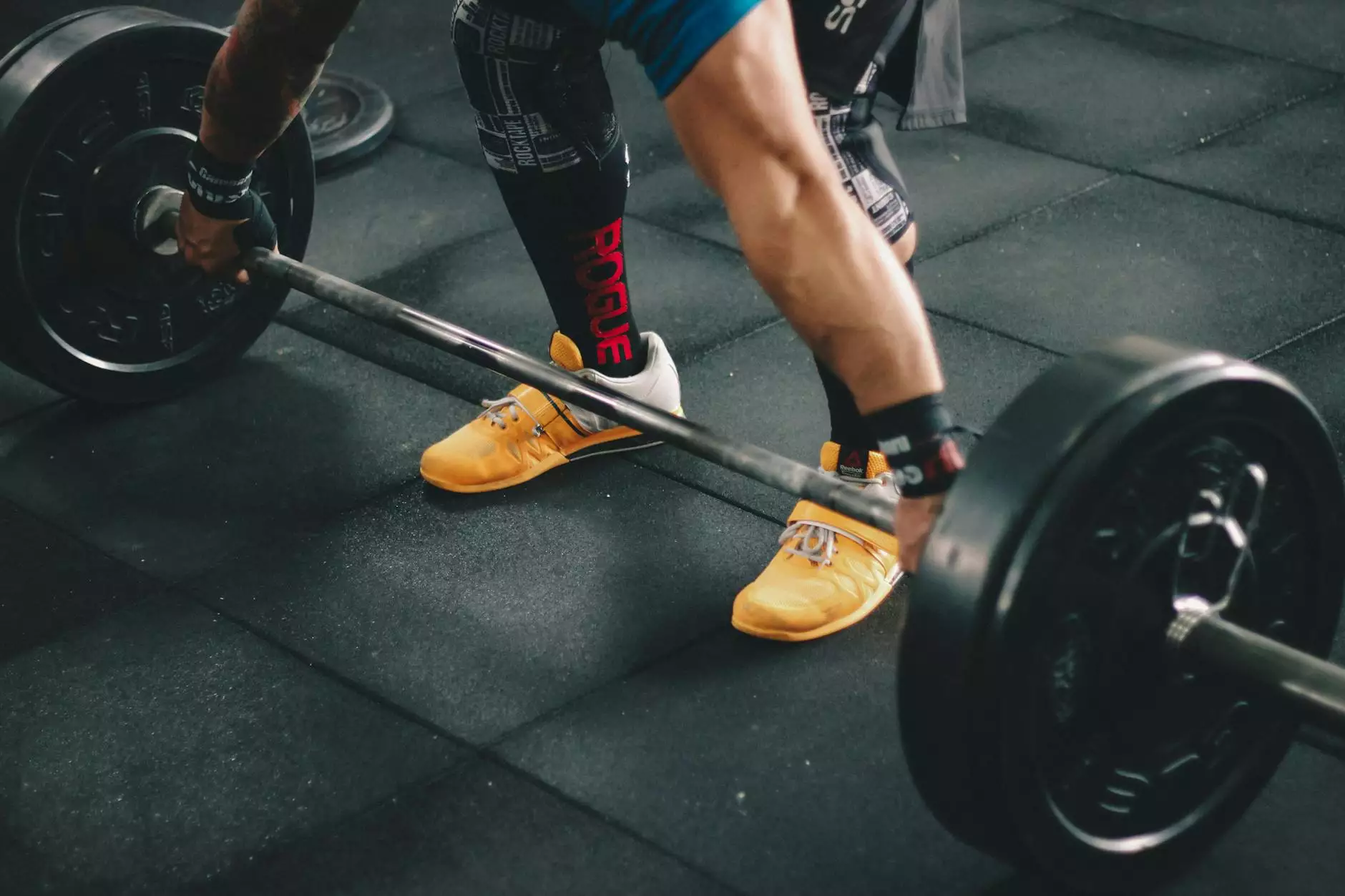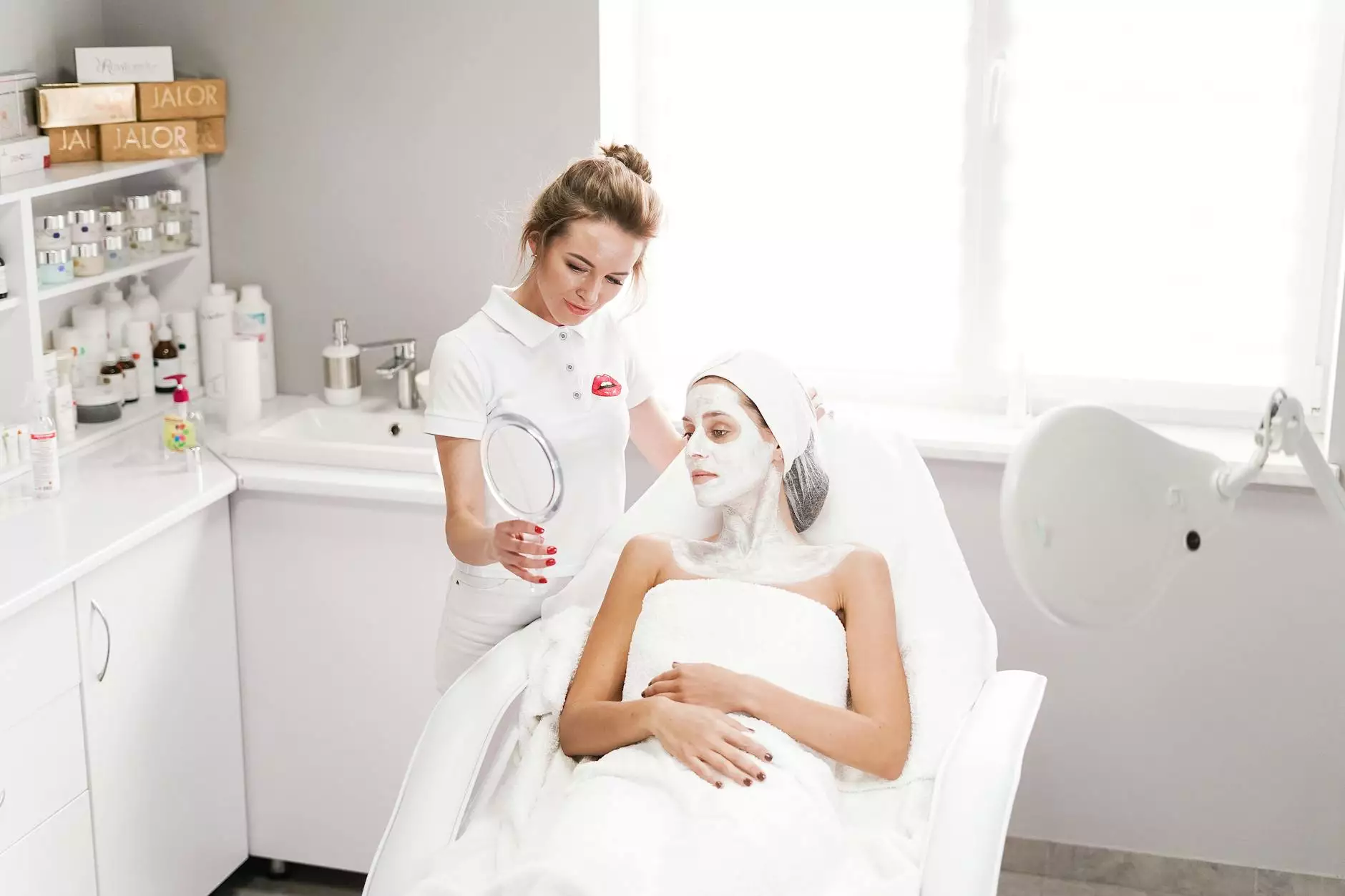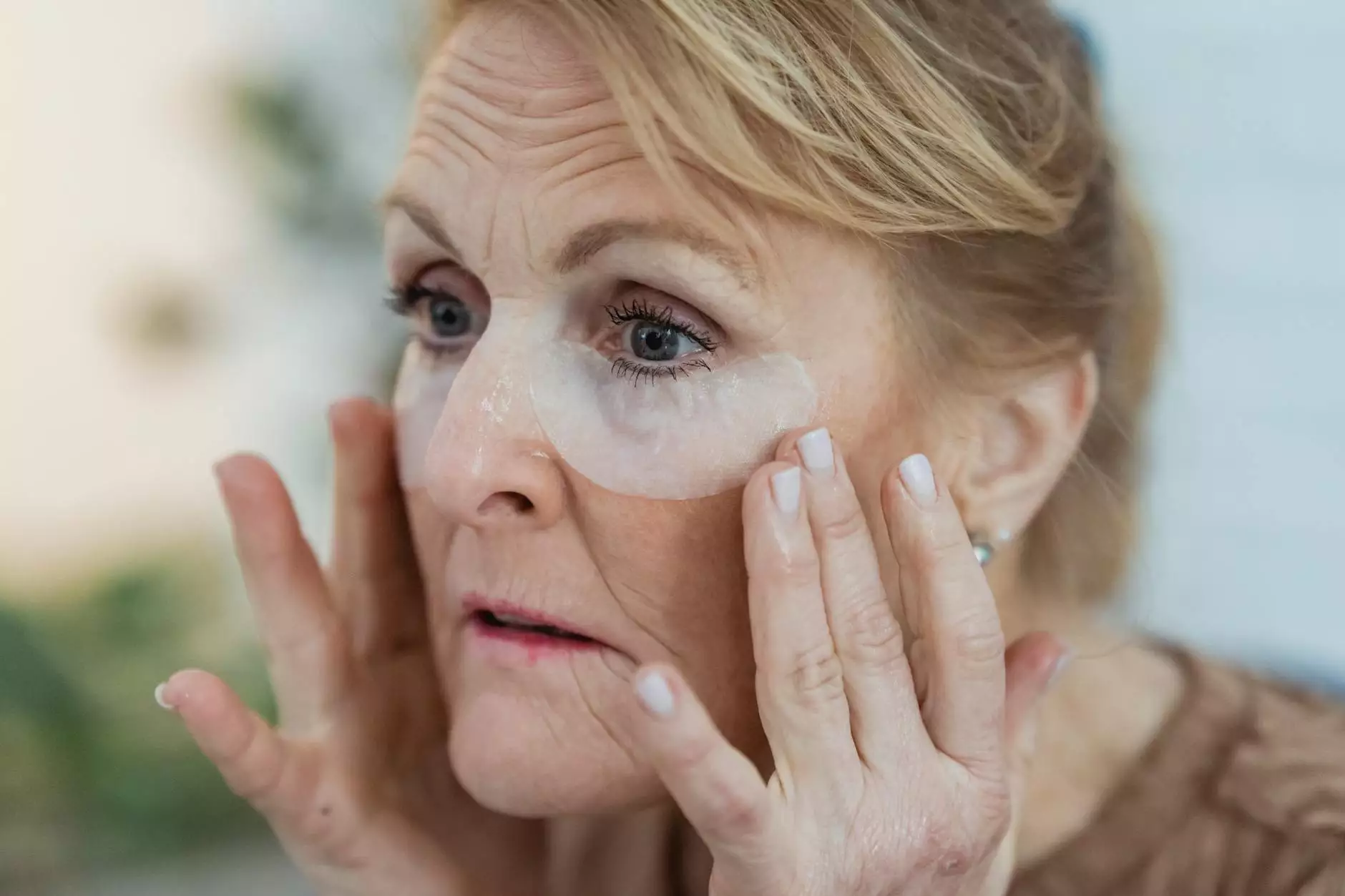Venous Reflux Disease 101: Prevention and Treatment
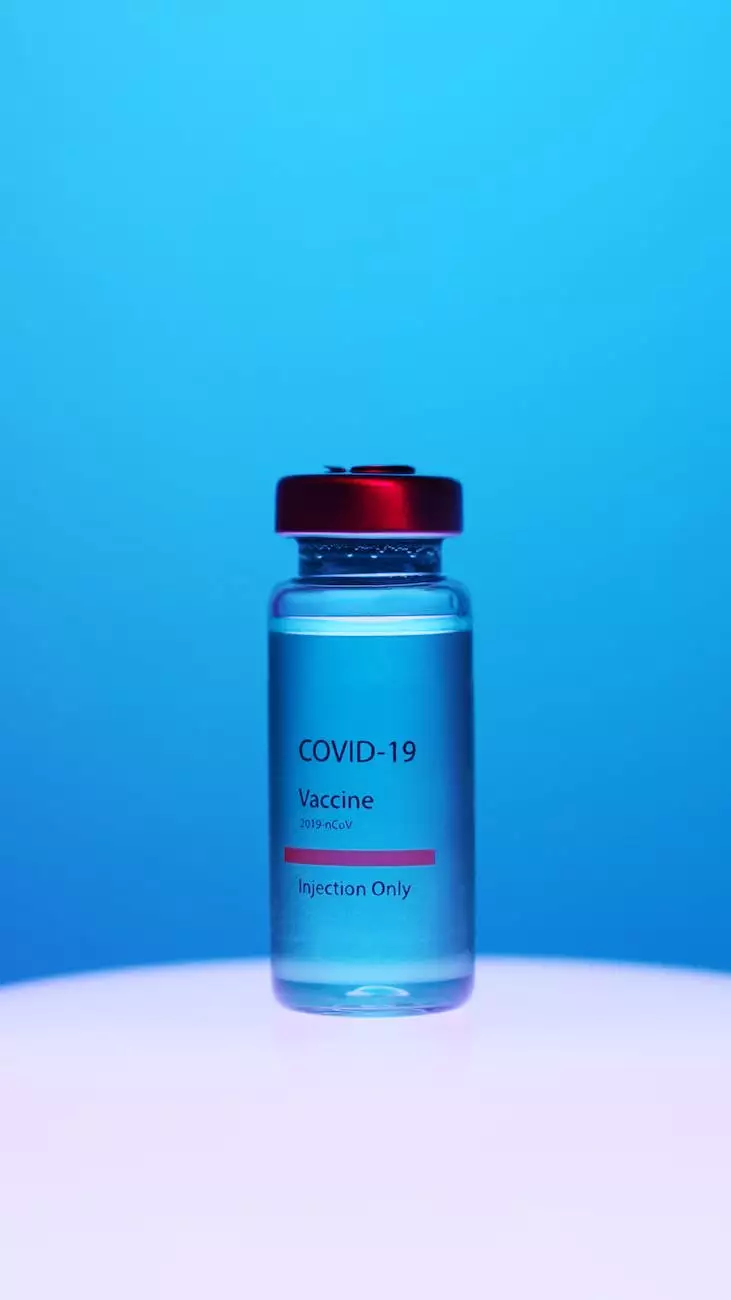
The Impact of Venous Reflux Disease
Venous Reflux Disease, also known as Venous Insufficiency, is one of the most commonly overlooked vascular conditions affecting millions worldwide. It is a condition where the veins in the legs struggle to pump blood back to the heart efficiently, leading to blood pooling and potential complications. Left untreated, Venous Reflux Disease can lead to various health issues, such as leg ulcers, skin discoloration, and even deep vein thrombosis.
Recognizing the Signs and Symptoms
Understanding the signs and symptoms of Venous Reflux Disease is crucial for early detection and appropriate treatment. While symptoms may vary from person to person, common indicators include:
- Swelling and heaviness in the legs
- Pain or cramping
- Leg fatigue or tiredness
- Visible varicose veins
- Itching or skin irritation
- Restless legs or leg discomfort
- Changes in skin texture or color
- Open sores or ulcers
If you experience any of these symptoms, it is advisable to seek medical evaluation to determine if Venous Reflux Disease might be the underlying cause.
Preventing Venous Reflux Disease
While some factors contributing to Venous Reflux Disease, such as genetics or family history, cannot be controlled, certain lifestyle changes and preventive measures can help minimize the risk and its impact. Here are some practical tips:
Maintain a Healthy Weight
Excess weight can put added pressure on the veins, increasing the risk of venous insufficiency. Maintaining a healthy weight through regular exercise and a balanced diet can significantly reduce this risk.
Stay Active
Regular physical activity, particularly exercises that promote good circulation, can help prevent Venous Reflux Disease. Activities like walking, swimming, and cycling are especially beneficial for strengthening the leg muscles and enhancing blood flow.
Avoid Prolonged Sitting or Standing
Prolonged periods of sitting or standing can impede proper blood circulation, leading to venous issues. If your job requires long periods of sitting or standing, make sure to take breaks and incorporate movement whenever possible.
Elevate Your Legs
When possible, elevate your legs above heart level to alleviate the pressure on veins and promote better blood flow. This can be done by propping up your legs with pillows or using specially designed leg elevation devices.
Compression Stockings
Wearing compression stockings can help improve blood flow and reduce symptoms associated with Venous Reflux Disease. These stockings provide graduated pressure, ensuring efficient circulation and minimizing the risk of blood pooling.
Treatment Options for Venous Reflux Disease
When conservative measures fail to provide sufficient relief or if the condition has progressed, medical intervention may be necessary. It is crucial to consult a trained specialist for an accurate diagnosis and personalized treatment plan. Some treatment options for Venous Reflux Disease include:
Endovenous Ablation
Endovenous ablation is a minimally invasive procedure that uses laser or radiofrequency energy to seal off the affected veins. This effectively redirects blood flow to healthier veins, alleviating symptoms and improving overall circulation.
Sclerotherapy
Sclerotherapy involves injecting a solution directly into the affected veins, causing them to collapse and fade away. It is a commonly used method to treat small varicose veins and spider veins.
Microphlebectomy
Microphlebectomy is a surgical procedure performed to remove larger varicose veins through small incisions. This treatment option is typically recommended for patients with more severe venous reflux and visible varicose veins.
Compression Therapy
Compression therapy, including the use of compression stockings, can help manage symptoms and promote healthy blood circulation. It is often used as a preventive measure or in conjunction with other treatment methods.
Lifestyle Modifications
In addition to medical interventions, making long-term lifestyle modifications can have a significant impact on managing Venous Reflux Disease. These may include regular exercise, weight management, elevation of legs, and wearing compression stockings as advised by a healthcare professional.
Foley James D MD: Your Partner in Venous Reflux Disease Care
At Foley James D MD, we understand the impact Venous Reflux Disease can have on your quality of life. Our team of experts specializes in the diagnosis and treatment of vascular conditions, including Venous Reflux Disease. With a patient-centric approach, we aim to provide personalized care and explore the most effective treatment options for each individual.
If you suspect you may be experiencing symptoms related to Venous Reflux Disease or have any concerns about your vascular health, we encourage you to schedule a consultation with our experienced physicians. Together, we can develop a comprehensive plan to address your specific needs and achieve optimal vascular health.
Remember, early detection and timely treatment are key to minimizing the impact of Venous Reflux Disease. Take the first step towards better vascular health today by contacting Foley James D MD.


